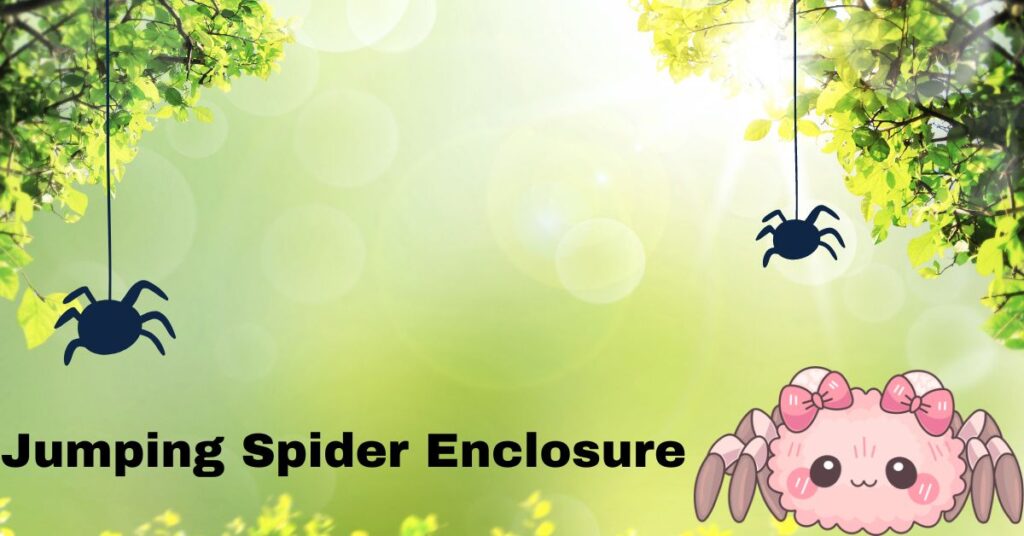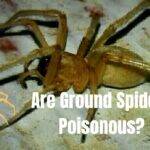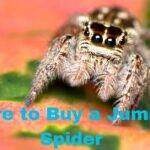Jumping Spider, with their intriguing eyes and captivating behaviors, have become increasingly celebrated as pets. To create beyond any doubt the wellness and bliss of these modest 8-legged creatures, putting within the appropriate Jumping Spider walled-in area is basic. This manual aims to provide comprehensive insights into creating the right habitat and ensuring your leaping spider prospers.
Understanding the Needs of Jumping Spiders
- Before diving into the specifics of the Jumping Spider enclosure, it is essential to apprehend the herbal habitat and behavior of these creatures. Jumping spiders are recognized for their agility and are discovered in numerous environments. They pick spaces in which they can roam freely, hunt, and show off their herbal behaviors.
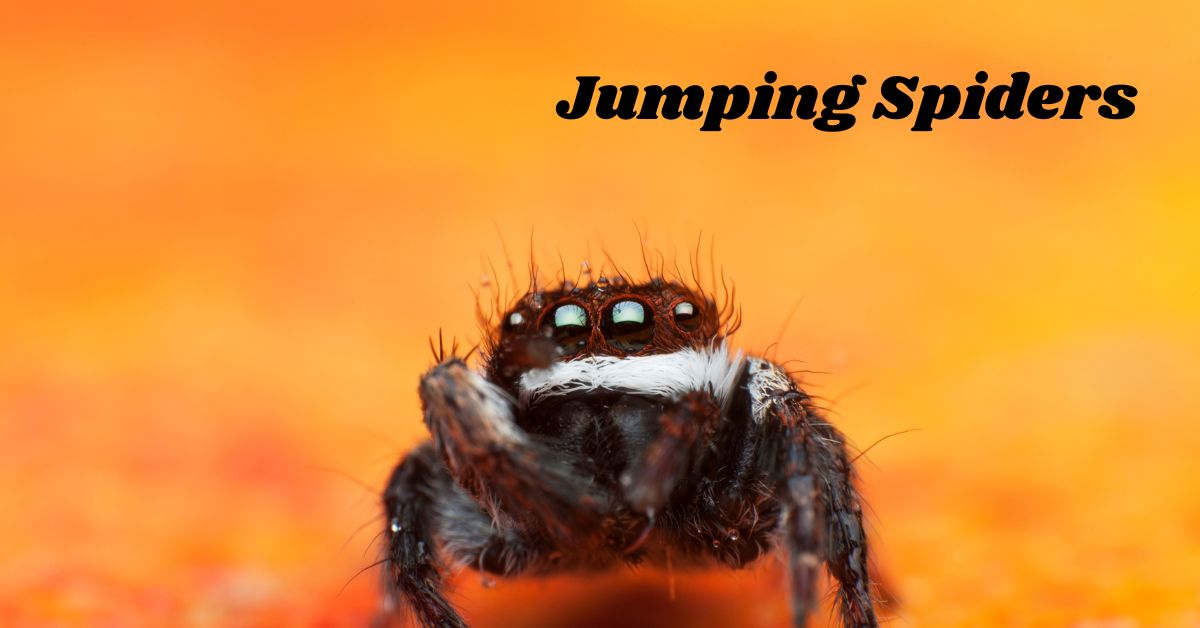
The Ideal Jumping Spider Enclosure
- The enclosure itself is the basis of a healthy jumping spider habitat. A nicely-designed jumping spider enclosure mimics the herbal environment of these Jumping Spider, providing them with space to leap, discover, and steady their prey. Here are the key components to bear in mind:
Size and Type of Enclosure
- A small to medium-sized terrarium or a clean plastic field works well for a Jumping Spider enclosure. The space does not want to be considerable; a 5-gallon tank is regularly enough for one Jumping Spider. Ventilation is crucial, so make sure the enclosure has air holes or a mesh lid to facilitate airflow.
Substrate and Furnishing
- The ground of the Jumping Spider enclosure must be lined with a substrate that includes coconut fiber, peat moss, or soil, which helps preserve humidity. Add branches, leaves, and cork bark to create vertical structures for hiking and hiding. This setup not only makes the enclosure aesthetically beautiful but also stimulates the spider’s herbal behaviors.
Temperature and Humidity
- Keeping up the correct temperature and stickiness is fundamental for the fitness of your Jumping Spider. The most excellent run is between 70°F and 85°F (21°C and 29°C), with a stickiness degree of 60% to 70%. You can reap this by using a mild heat supply and misting the enclosure with water often.
Lighting
- Jumping spiders do not require unique lights; however, they do benefit from a herbal day/night cycle. If the enclosure isn’t always placed in an area that receives herbal mildew, don’t forget to use a low-wattage bulb to simulate daytime.
Setting Up Your Jumping Spider Enclosure
- Choose the right enclosure. Select a container that gives adequate space and ventilation for your jumping spider.
- Prepare the substrate.Line the lowest part of the enclosure with an appropriate substrate to a depth of about 2 inches.
- Add fixtures: Create a numerous landscape with flora, branches, and hiding spots.
Ensure proper temperature and humidity. Use heating pads and normal misting to hold perfect situations. - Introduce your leaping spider:Once the enclosure is installed, cautiously introduce your spider to its new home.
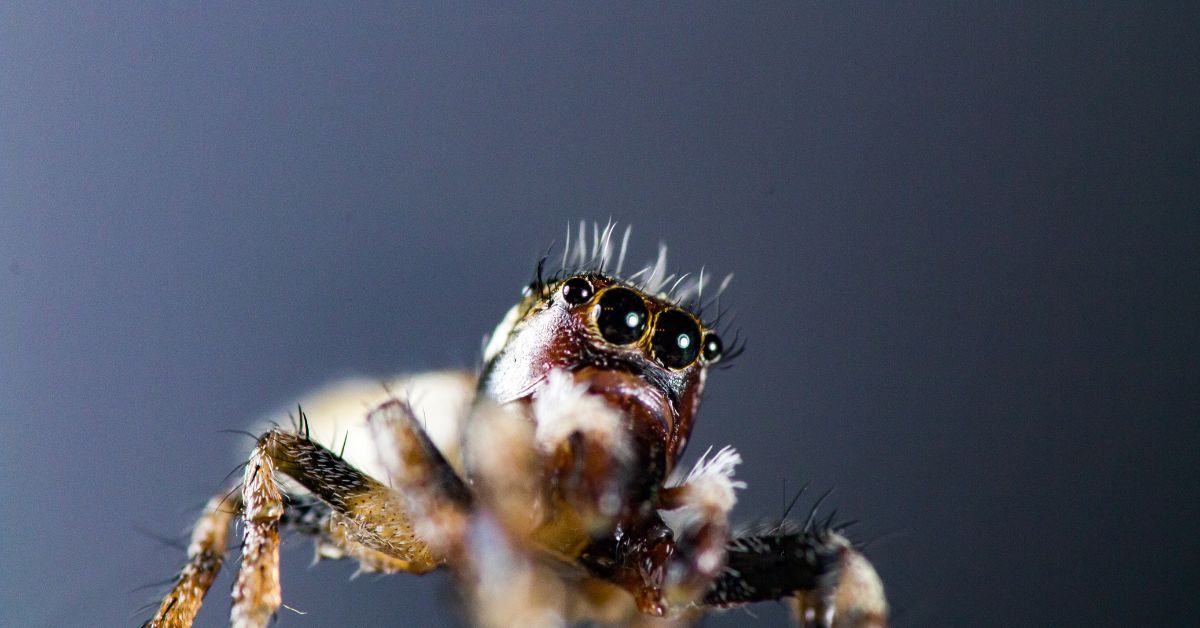
Key Takeaways
- Understand the fundamental components of a bouncing creepy crawly enclosure.
- Learn almost the distinctive sorts of materials appropriate for enclosures.
- Discover tips for keeping up a solid environment.
- Get answers to as often as possible inquired questions around bouncing creepy crawly habitats.
Essential Components of a Hopping Insect Enclosure
- Creating the idealize “Bouncing Insect Walled in area | A Direct to Making the Culminate Territory” begins with understanding the basic components required. Here’s what you need:
1. Choosing the Right Enclosure
- Selecting the legitimate walled in area is significant. It ought to be secure, well-ventilated, and escape-proof. Glass terrariums, acrylic cases, or plastic holders with ventilation gaps work well.
2. Substrate
A appropriate substrate makes a difference imitate the spider’s normal environment. Common choices include:
- Coconut fiber: Holds dampness well.
- Eco soil: A great choice for burrowing species.
- Paper towels: Simple to clean and replace.
3. Climbing Structures
- Jumping insects adore to climb. Include branches, twigs, and clears out to make a normal climbing environment. Fake plants are too an great option.
4. Stowing away Spots
- Provide stowing away spots to make your insect feel secure. Little caves, plug bark, and takes off work perfectly.
5. Stickiness and Temperature
- Maintaining suitable mugginess and temperature is imperative. Point for a stickiness level of 60-80% and a temperature extend of 70-85°F.
Setting Up Your Bouncing Insect Enclosure
1. Selecting the Enclosure
Choose an walled in area that gives sufficient space for your creepy crawly to move around. A great run the show of thumb is to have a holder at slightest three times the spider’s leg span in tallness and width.
2. Planning the Substrate
- Layer the foot of the walled in area with almost 1-2 inches of substrate. This will offer assistance keep up mugginess and give a surface for the creepy crawly to explore.
3. Including Climbing Structures and Covering up Spots
- Arrange branches, twigs, and takes off all through the walled in area. Make beyond any doubt there are bounty of covering up spots for your insect to feel safe.
4. Keeping up Mugginess and Temperature
- Use a hygrometer and thermometer to screen the enclosure’s conditions. Fog the walled in area delicately with water to keep up humidity.
5. Lighting
- While hopping creepy crawlies don’t require uncommon lighting, normal sunshine makes a difference keep up their circadian beat. Maintain a strategic distance from putting the walled in area in coordinate daylight to avoid overheating.
Advantages and Disadvantages of Different Enclosure Types
| Enclosure Type | Advantages | Disadvantages |
|---|---|---|
| Glass Terrariums | Great visibility, easy to clean | Heavy, can break easily |
| Acrylic Cases | Lightweight, good visibility | Can scratch easily |
| Plastic Containers | Affordable, easy to modify | Less aesthetic, can warp over time |
Nourishing Your Bouncing Spider
Jumping insects are carnivorous and lean toward live prey. Common nourishment choices include:
- Fruit flies: Perfect for youthful spiders.
- Crickets: Appropriate for bigger spiders.
- Mealworms: Once in a while as a treat.
Ensure the prey estimate is suitable for your insect to dodge injury.
Feeding Schedule
Feed your creepy crawly 2-3 times a week. Evacuate any uneaten prey after 24 hours to anticipate stress.
Cleaning and Maintenance
Regular support is significant for a solid “Bouncing Insect Walled in area | A Direct to Making the Idealize Living space.” Take after these steps:
- Spot Cleaning: Evacuate uneaten prey and squander daily.
- Substrate Substitution: Alter the substrate each 2-3 months.
- Full Cleaning: Each six months, totally clean and clean the enclosure.
Common Issues and Solutions
1. Form Growth
- Maintain legitimate ventilation and dodge over-misting to anticipate mold.
2. Elude Attempts
- Ensure the walled in area is escape-proof by securing all openings.
3. Wellbeing Issues
- Monitor your creepy crawly for signs of sickness, such as laziness or refusal to eat, and counsel a vet if necessary.
Progressed Tips for Bouncing Creepy crawly Enclosures
Once you have the nuts and bolts of setting up a “Bouncing Insect Walled in area | A Direct to Making the Idealize Living space,” you might need to investigate more progressed strategies to upgrade your spider’s environment and by and large well-being.
Enclosure Enhancements
1. Naturalistic Setup
Creating a naturalistic setup can give more improvement and a outwardly engaging territory. Here are a few tips:
- Live Plants: Consolidate live plants like pothos, insect plants, or plants. They offer assistance keep up stickiness and give covering up spots.
- Natural Enhancements: Utilize rocks, bark, and greenery to make a more common environment. Guarantee they are clean and free of pesticides.
- Bioactive Substrate: Consider a bioactive substrate that incorporates advantageous microfauna like springtails and isopods. These life forms offer assistance break down squander and keep up a clean environment.
2. Vertical Space
Jumping insects are arboreal and appreciate vertical space. Guarantee your walled in area has adequate stature and include vertical climbing surfaces like:
- Vertical branches or twigs: Secure them solidly to anticipate tipping.
- Hollow logs or tubes: These give both climbing and covering up opportunities.
3. Natural Control
Advanced attendants might need to have more control over the enclosure’s environment:
- Automatic Sirs: These gadgets offer assistance keep up steady stickiness levels.
- Thermostats: Utilize a indoor regulator to direct warming gadgets and keep up steady temperatures.
- LED Lighting: Whereas not essential, full-spectrum Driven lights can advance plant development and give a normal day-night cycle.
Behavioral Enrichment
1. Prey Variation
Vary the sorts of prey you offer to give mental incitement and imitate characteristic chasing behaviors:
- Flying Creepy crawlies: Such as houseflies or moths, which can invigorate your spider’s chasing instincts.
- Different Creepy crawly Sizes: Offer a extend of prey sizes to challenge your spider.
2. Intelligently Elements
Introduce components that can give improvement and keep your creepy crawly engaged:
- Web Stays: Include little structures or strings that your insect can utilize as web anchors.
- Interactive Toys: Little, secure objects like lightweight balls or pieces of paper can give mental stimulation.
Health Observing and Care
1. Normal Wellbeing Checks
Monitor your spider’s wellbeing frequently to capture any issues early:
- Behavioral Changes: Note any changes in behavior, such as diminished movement or appetite.
- Physical Examination: See for signs of damage, molting issues, or parasites.
2. Molting Support
Molting is a basic period for bouncing insects. Guarantee your walled in area bolsters this process:
- High Mugginess: Increment mugginess marginally amid molting periods.
- Secure Environment: Guarantee your creepy crawly has a secure put to molt undisturbed, such as a separated hide.
3. Hydration
While bouncing insects get most of their dampness from prey, it’s fundamental to give extra hydration sources:
- Water Dish: A shallow water dish with stones to avoid drowning.
- Misting: Gently fog the walled in area to give beads for drinking.
Progressed Strategies for Enhancement and Interaction
Building on the foundational information of setting up a “Bouncing Insect Walled in area | A Direct to Making the Idealize Territory,” let’s dive into more advanced techniques for enhancement and interaction to encourage upgrade your spider’s habitat.
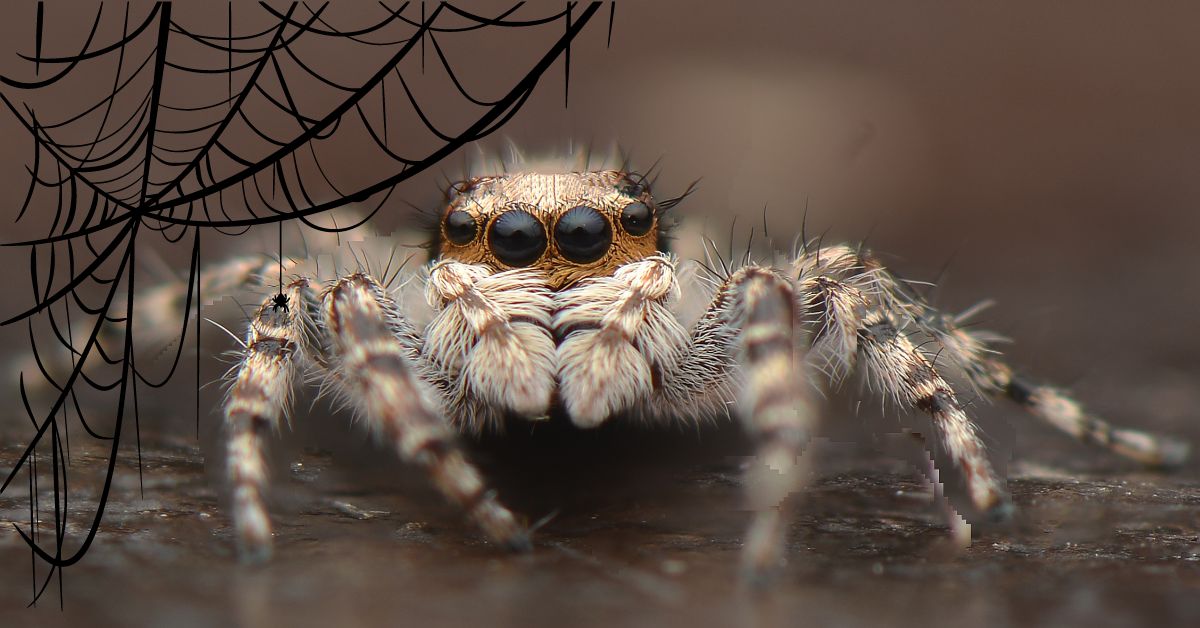
Advanced Walled in area Design
1. Making Microhabitats
Introduce numerous microhabitats inside the walled in area to reenact a more complex environment:
- Moist Ranges: Make a little, soggy area with greenery or a damp sponge.
- Dry Regions: Utilize dry takes off and bark to build up bone-dry zones.
- Vertical Zones: Utilize both the floor space and the vertical tallness of the walled in area to give assorted environments.
2. Energetic Environment
Regularly modify the setup to keep the environment stimulating:
- Rotating Enrichments: Alter the course of action of branches, twigs, and covers up each few weeks.
- Seasonal Subjects: Alter the walled in area to reflect diverse seasons, utilizing fitting materials to mirror changes in nature.
3. Specialized Lighting
Enhance the visual offer and wellbeing benefits with specialized lighting:
- Daylight Bulbs: Reenact common sunshine to control the spider’s circadian rhythm.
- Moonlight Bulbs: Low-intensity bulbs for night-time seeing without aggravating the spider.
Advanced Nourishing Techniques
1. Live Prey Enrichment
Introduce changed and challenging live prey:
- Flying Prey: Discharge little flying creepy crawlies like natural product flies or little moths to empower dynamic hunting.
- Burrowing Prey: Give little creepy crawlies that burrow, like mealworms, to fortify common burrowing and chasing behaviors.
2. Nourishing Challenges
Create intuitively bolstering setups to imitate normal hunting:
- Hanging Prey: Suspend prey utilizing lean strings or plant takes off to empower hopping and pouncing.
- Prey Labyrinths: Develop basic labyrinths utilizing clears out or twigs to cover up prey, making the creepy crawly work for its meal.
Habitat Upkeep and Wellbeing Monitoring
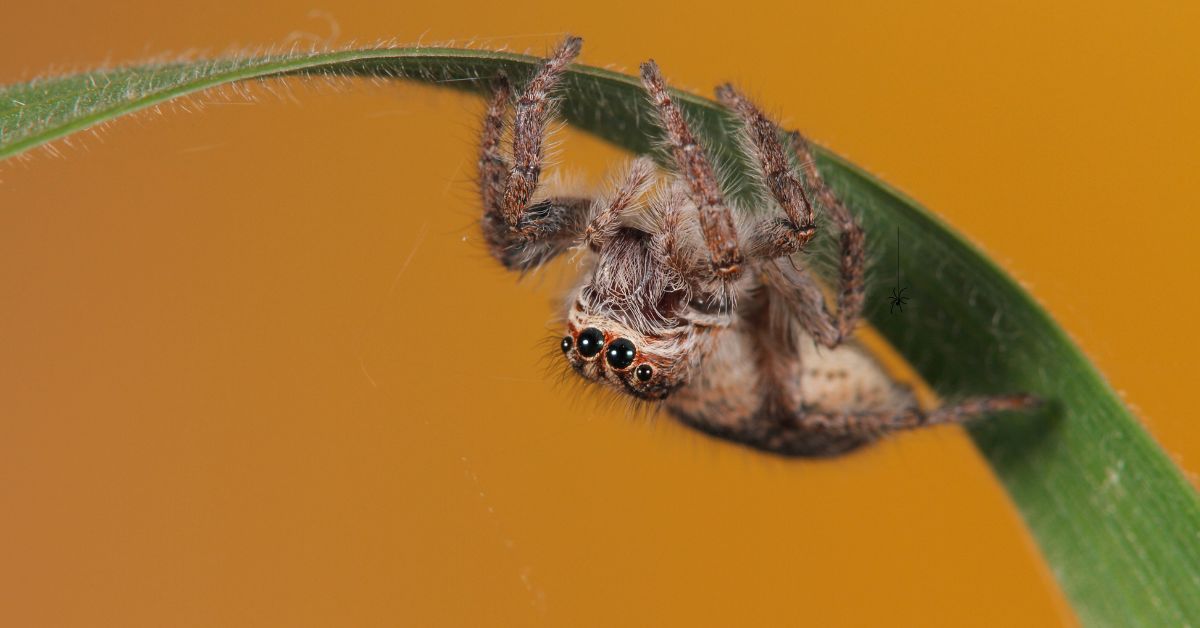
1. Progressed Environment Maintenance
Implement more advanced upkeep schedules to guarantee a flawless environment:
- Regular Stickiness Checks: Utilize advanced hygrometers for exact stickiness monitoring.
- Spot Clean Procedures: Utilize little brushes and tweezers for exact cleaning without aggravating the spider.
2. Wellbeing and Behavior Monitoring
Keep a nitty gritty log of your spider’s wellbeing and behavior:
- Behavioral Logs: Record day by day exercises, nourishing propensities, and any changes in behavior.
- Health Check-ups: Conduct month to month wellbeing assessments, looking for signs of parchedness, harm, or illness.
Interactive Enrichment
1. Behavioral Enrichment
Encourage normal behaviors through natural enhancements:
- Web-building Triggers: Present fine strings or little stay focuses to invigorate web-building.
- Exploration Motivations: Stow away little, non-edible objects to empower investigation and movement.
2. Interaction Without Stress
- Handle your Jumping Spider securely and diminish stress:
- Gentle Taking care of: Utilize delicate brushes or mugs to delicately direct your insect if dealing with is necessary.
- Interactive Play: Utilize lightweight apparatuses like quills to delicately associated without causing push.
Advanced FAQ
Q1: Can I utilize UV light in my Jumping Spider enclosure?
- While UV light is not essential for bouncing insects, it can advantage live plants. If you select to utilize UV light, guarantee it is not as well strongly to maintain a strategic distance from hurting your Jumping Spider.
Q2: How do I clean a bioactive substrate?
- Bioactive substrates require negligible support. Spot clean squander and uneaten prey, and every so often renew the microfauna populace with springtails and isopods.
Q3: What ought to I do if my insect has inconvenience molting?
- Increase the stickiness somewhat and guarantee your insect has a secure put to molt. If you take note serious issues, counsel a vet experienced with arachnids.
Q4: Are there any particular plants that ought to be maintained a strategic distance from in the enclosure?
- Avoid harmful plants like philodendrons and any plants treated with pesticides. Adhere to secure alternatives like pothos, insect plants, and ferns.
Q5: How can I tell if my Jumping Spider is stressed?
- Signs of stretch incorporate diminished movement, refusal to eat, and over the top web-building. Guarantee the walled in area conditions are ideal and give bounty of covering up spots.
Conclusion:
Expanding on the fundamental setup, these progressed tips for making the idealize “Jumping Spider Walled in area | A Direct to Making the Culminate Environment” will offer assistance guarantee your Jumping Spider has a fortifying, secure, and sound environment. By consolidating common components, giving improvement, and closely checking your spider’s wellbeing, you can upgrade their quality of life significantly.
By taking after this comprehensive direct, you can make a Jumping Spider walled in area that not as it were meets but surpasses the needs of your pet, giving a living space where it can flourish and show characteristic behaviors. Cheerful Jumping Spider keeping!
